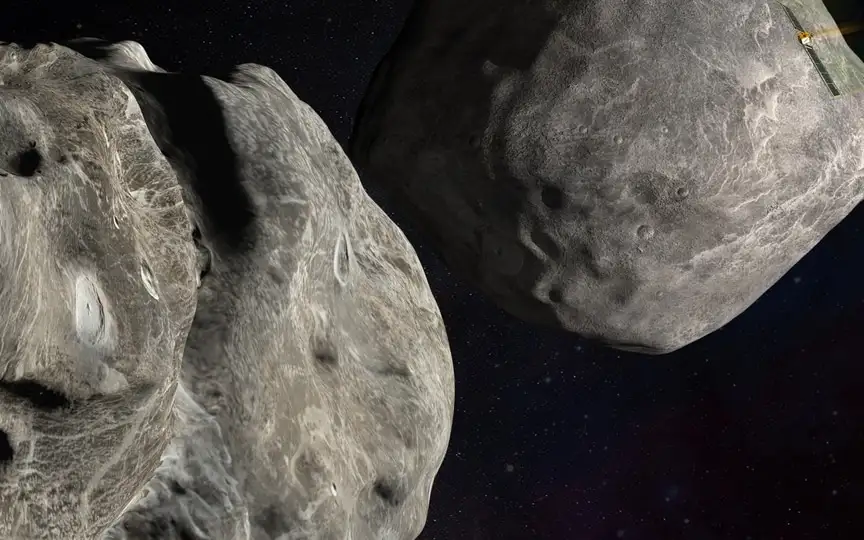NASA Predicts Near Miss as Asteroid the Size of an Aircraft Passes Earth Today
NASA has provided new information about an asteroid that will come near Earth due to its orbit. This particular Near-Earth Asteroid (NEA) is projected to have its closest encounter with our planet today, September 22. Although this celestial object will approach Earth closely, there is no anticipation of it colliding with the surface. NASA reports that Asteroid 2023 RQ6 will pass by at a distance of approximately 6 million kilometers, and it is currently en route to Earth, traveling at an astonishing speed of 33,912 kilometers per hour.
Asteroid 2023 RQ6: Is it dangerous?
Despite its close approach and ferocious speed, NASA’s Center for Near-Earth Object Studies (CNEOS) has not classified this asteroid as a potentially hazardous object due to its relatively small size. These are celestial bodies more than about 490 meters long, which can approach the Earth within a radius of 7.5 million kilometers. According to NASA, Asteroid 2023 RQ6 is nearly 76 feet across, which means it’s the size of an airplane!
The space agency has also revealed that it belongs to the Apollo group of Near-Earth Asteroids, which are beyond-Earth space rocks with semi-major axes larger than Earth’s. These asteroids are named after the huge 1862 Apollo asteroid discovered by German astronomer Karl Reinmuth in the 1930s.
Interestingly, this asteroid has not come close to Earth in its history, and this will be its first close approach. It is not expected to pass Earth after today, according to NASA’s Jet Propulsion Laboratory.
NASA’s OSIRIS-REx mission
Most asteroids lie in the main asteroid belt between the orbits of Jupiter and Mars and never come close to Earth. However, this is not the case for a potentially hazardous asteroid (PHA) called Bennu, which has a 1 in 2,700 chance of hitting Earth between 2175 and 2195, according to NASA. To help study this asteroid and its composition, NASA launched the Origins, Spectral Interpretation, Resource Identification and Security-Regolith Explorer (OSIRIS-REx) on September 8, 2016.
This spacecraft landed on the asteroid in 2020 and collected samples of rocks and dirt from its surface. Now the mission is nearing its end, and it will land on Earth on September 24 after six years of work. Once it enters Earth’s atmosphere, the OSIRIS-REx spacecraft releases the capsule containing the sample, which then parachutes to the Department of Defense’s Utah Test and Training Range, where the Mission Team is on hand to retrieve it.




